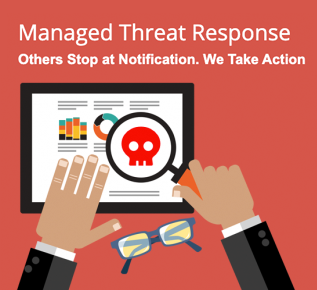How Do Msps Handle Emergency It Situations Or Downtime?
Managed Service Providers (MSPs) handle emergency IT situations or downtime by promptly addressing the issue, deploying appropriate resources, and employing proactive measures to minimize disruptions and ensure timely resolution.
MSPs, or Managed Service Providers, are well-equipped to handle emergency IT situations or downtime with their expertise and comprehensive services. Here is an expanded answer on how MSPs handle such situations:
1. Proactive Monitoring: MSPs employ advanced monitoring tools and techniques to keep a constant eye on their clients’ IT infrastructure. This allows them to detect any potential issues or signs of trouble in real-time, which helps them mitigate problems before they escalate into emergencies.
2. Rapid Response: When an emergency arises, MSPs are immediately alerted and can respond swiftly to address the situation. They have skilled technicians who are trained to handle various IT issues efficiently and effectively.
3. Escalation Procedures: MSPs have well-defined escalation procedures, ensuring that the appropriate personnel are involved and informed about emergency situations promptly. This ensures a coordinated response and faster resolution, as experts with the right skills and knowledge are involved at the right time.
4. 24/7 Support: MSPs typically offer round-the-clock support, meaning they are available to handle emergencies at any time, including outside of regular business hours. Their dedicated support teams can provide assistance promptly and ensure minimal downtime for their clients.
5. Disaster Recovery Planning: MSPs work closely with their clients to develop comprehensive disaster recovery plans. These plans outline procedures and contingencies to minimize the impact of IT emergencies and ensure rapid recovery. MSPs can assist in implementing and testing these plans regularly to ensure they are effective when needed.
6. High Availability Solutions: MSPs implement high availability solutions, such as redundant systems and failover mechanisms, to minimize the impact of downtime. These measures ensure that if one system fails, another takes over seamlessly, reducing disruption to the business.
7. Constant Communication: During an emergency, MSPs maintain open lines of communication with their clients, providing regular updates on the progress of resolving the issue. They keep the client informed throughout the process, explaining the steps being taken and setting realistic expectations for resolution times.
8. Post-Incident Analysis: After an emergency or downtime event, MSPs conduct post-incident analysis to understand the root cause and prevent similar issues in the future. They assess their response, identify any areas of improvement, and make necessary adjustments to enhance their service delivery.
In summary, MSPs handle emergency IT situations and downtime by leveraging their proactive monitoring capabilities, rapid response, escalation procedures, 24/7 support, disaster recovery planning, high availability solutions, constant communication, and post-incident analysis. Their goal is to minimize the impact on their clients’ business and restore services as quickly as possible.


